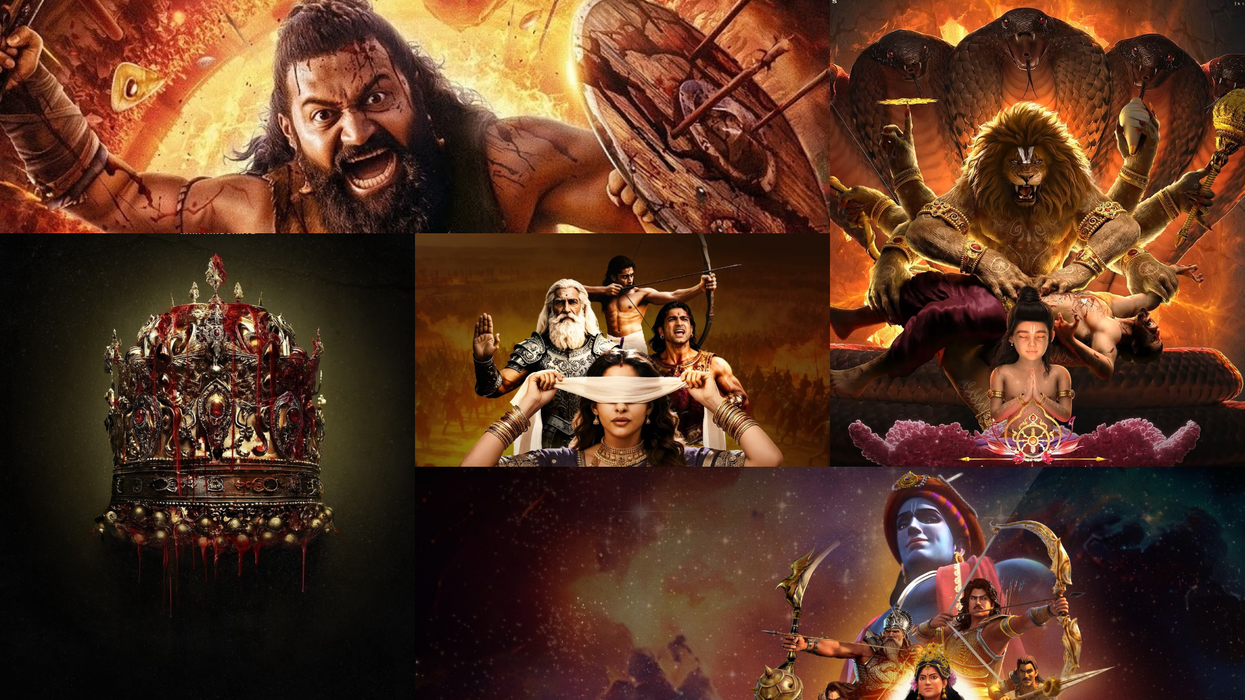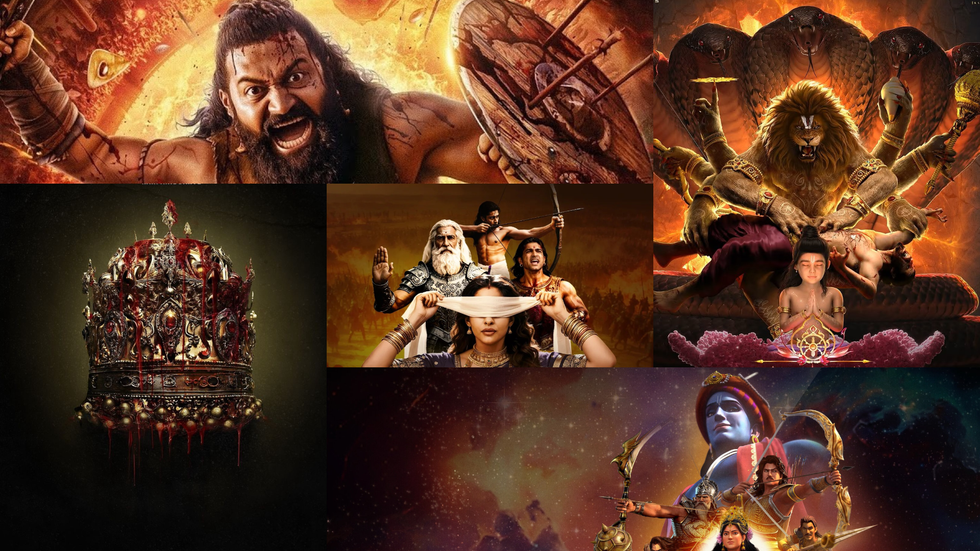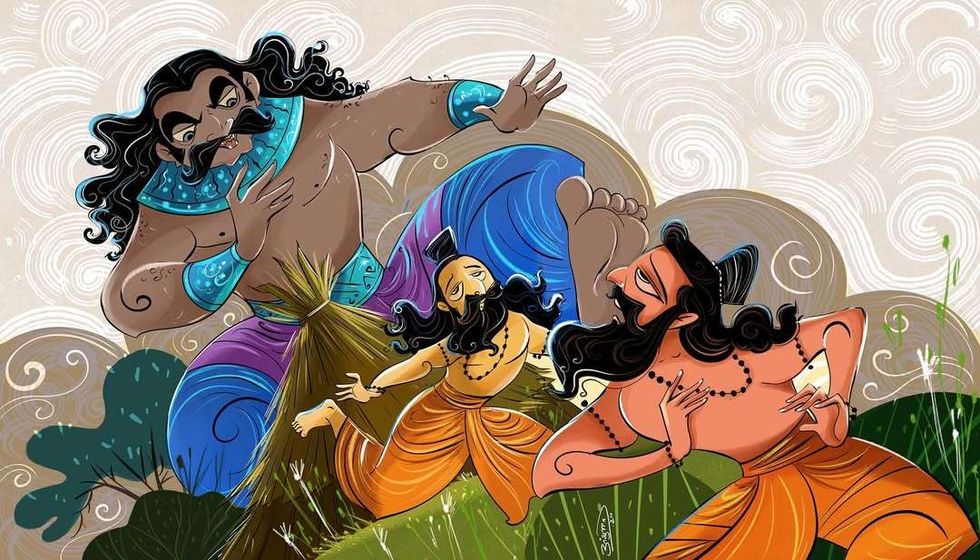Recently, popular television actor Ram Kapoor, who is known for headlining a number of successful shows on Indian television including Kasamh Se and Bade Acche Lagte Hain, shared some of his latest pictures where he can be seen achieving a drastic body transformation. The pictures have gone viral ever since and everybody is praising the actor for his dedication and efforts that he put into shedding those extra kilos.
Now Gautami Kapoor, wife of Ram Kapoor, has spoken about his body transformation and how he went for it. She also revealed that the actor is aiming to further drop his current weight to be half the size of what he is now in the coming six months.
“He is a foodie so for him to lose weight and control his diet is a big thing. He has taken a long time to lose all the weight. He has not undergone any surgery as people feel and has opted for the natural way. Ram still feels that he has just come halfway through and will take another 6 months to achieve his goals and reduce more weight and become almost half the size that he is now. Ram says that fitness is an addiction and now that he has reached up to this level, he wants to achieve it all,” Gautami told an Indian daily.
Speaking about his weight loss journey, Ram Kapoor had recently said, “I was 130 kgs when I started and I want to lose another 25-30 kgs.” The actor started this transformational journey some two years ago at the age of 43 and added, “I decided that if I wanted to do achieve my weight goals, I will have to take time off from work. It would need to be a substantial length of time — six months to a year.”





 Why UK audiences are turning to Indian mythology — and the OTT releases driving the trend this year Instagram/Netflix
Why UK audiences are turning to Indian mythology — and the OTT releases driving the trend this year Instagram/Netflix  Indian MythologyInstagram/
Indian MythologyInstagram/






